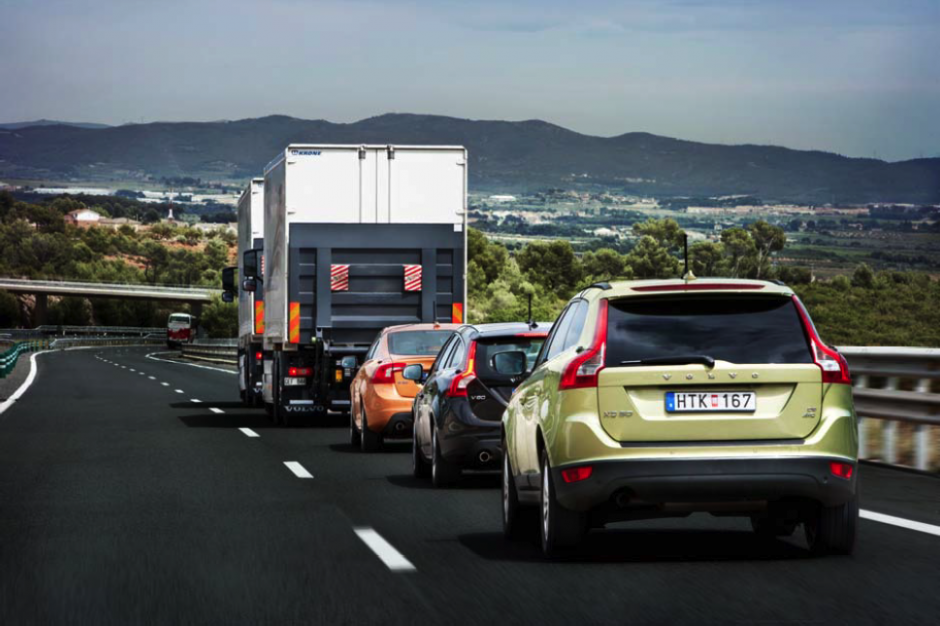Highways England outlines vision for high-tech motorways
Highways England believes technology will play an increasingly major role in keeping people moving and the country connected.

In its newly unveiled vision for the strategic road network, Highways England said an intelligent network coupled with connected vehicles would improve how efficiently roads are maintained and simultaneously improve safety. In another development drones could also be used to fly overhead and report back on incidents, and cars could be programmed to spot potholes on motorways and automatically transmit the information to Highways England to schedule repairs.
In its Strategic Road Network Initial Report, published on December 13, 2017, the government company also stressed the importance of keeping existing roads properly maintained in a way which minimises disruption to road users and local communities.
“We are delivering…£15bn of government investment to give people safe, efficient and reliable journeys, and provide businesses with the links they need to prosper and grow,” said Highways England chief executive, Jim O’Sullivan. “Because people's journeys are important to us we are setting out our high level aspirations which will help ensure the network continues to drive economic growth, jobs and prosperity, and keeps traffic moving.”
Register now to continue reading
Thanks for visiting The Engineer. You’ve now reached your monthly limit of news stories. Register for free to unlock unlimited access to all of our news coverage, as well as premium content including opinion, in-depth features and special reports.
Benefits of registering
-
In-depth insights and coverage of key emerging trends
-
Unrestricted access to special reports throughout the year
-
Daily technology news delivered straight to your inbox










Water Sector Talent Exodus Could Cripple The Sector
Maybe if things are essential for the running of a country and we want to pay a fair price we should be running these utilities on a not for profit...